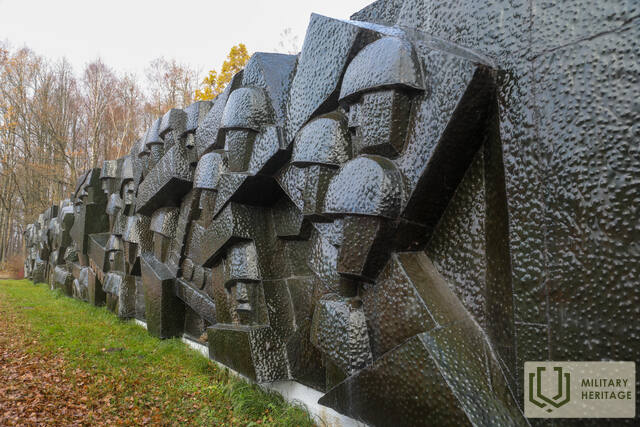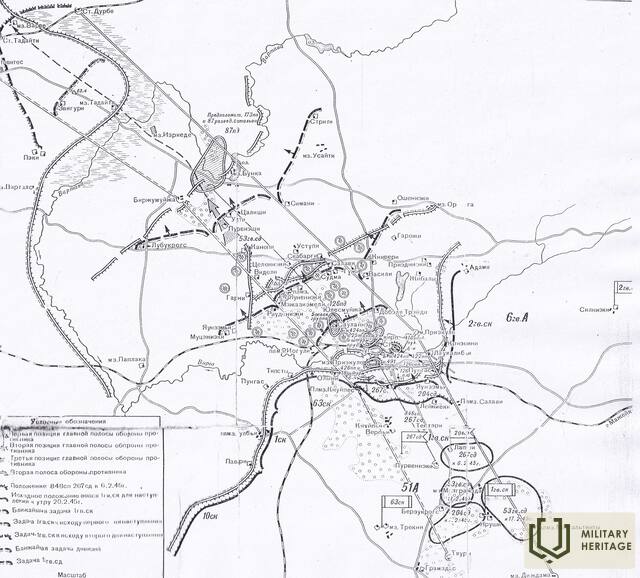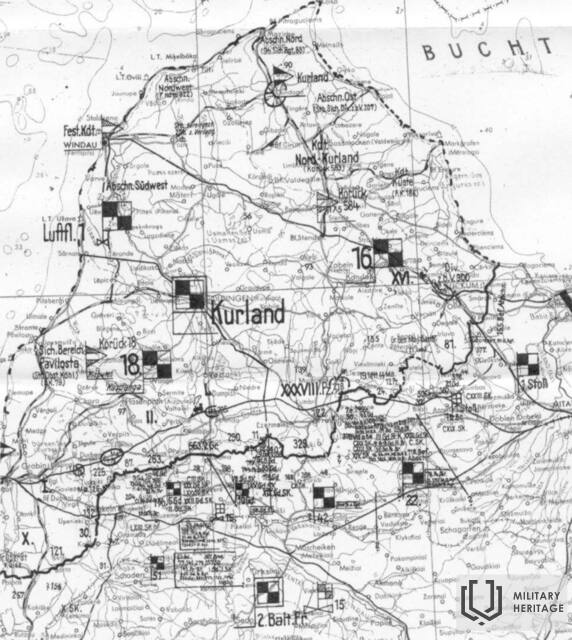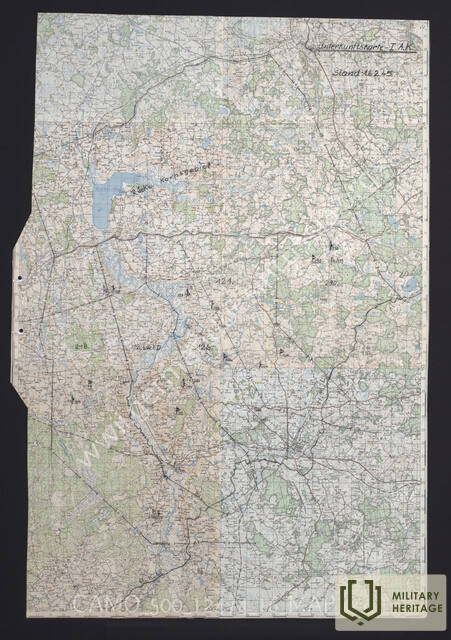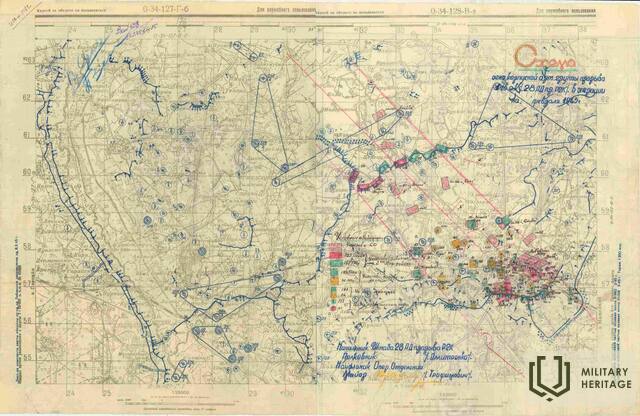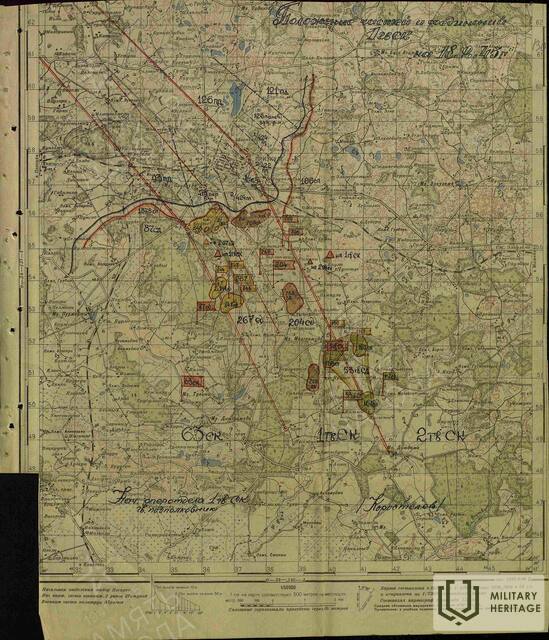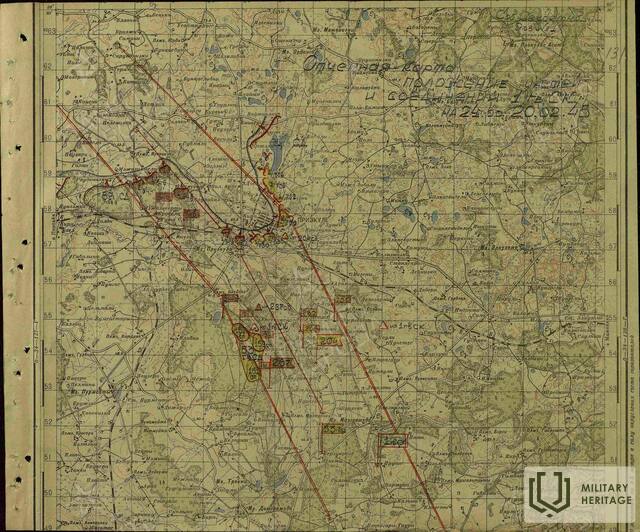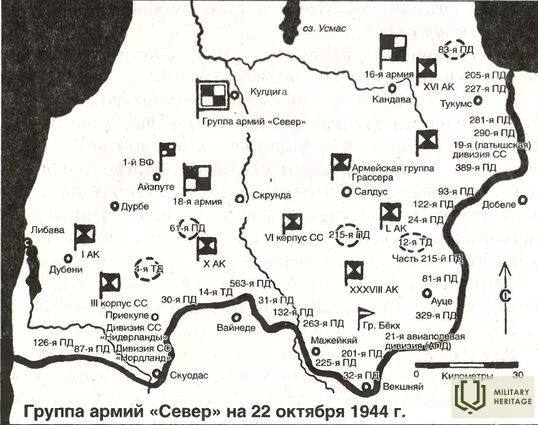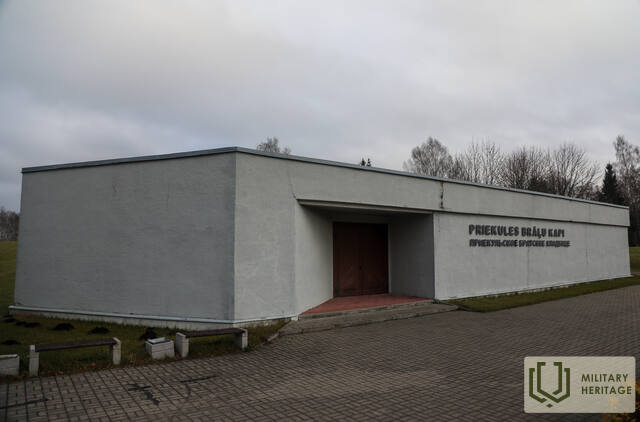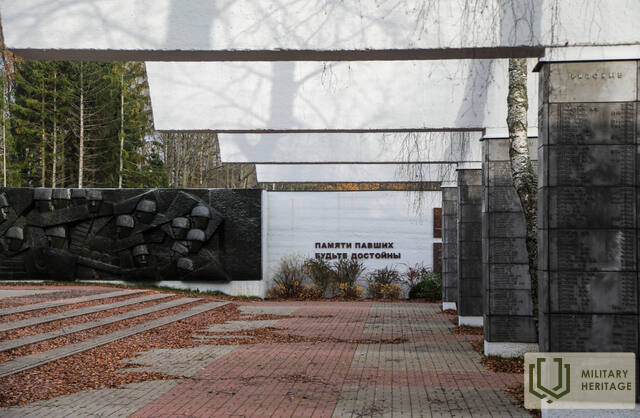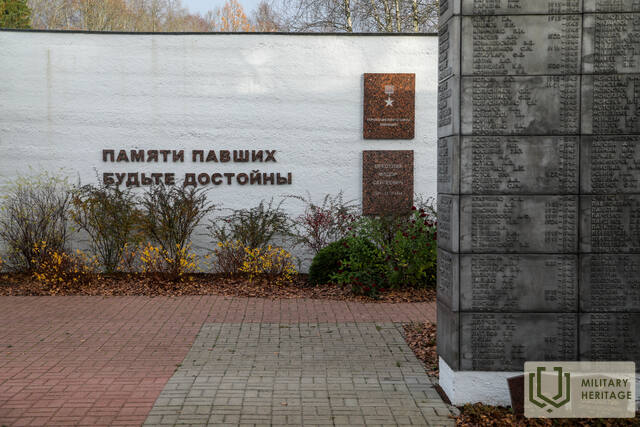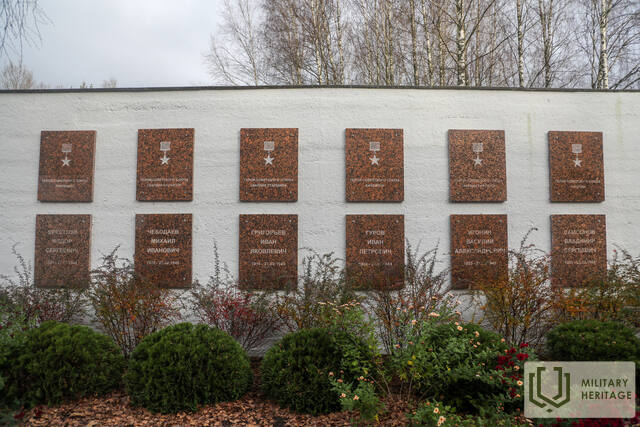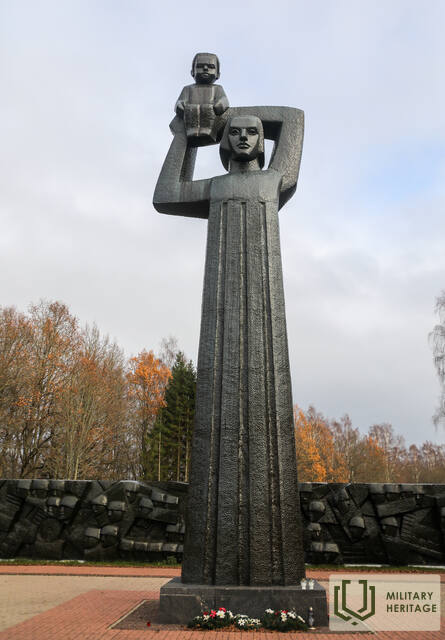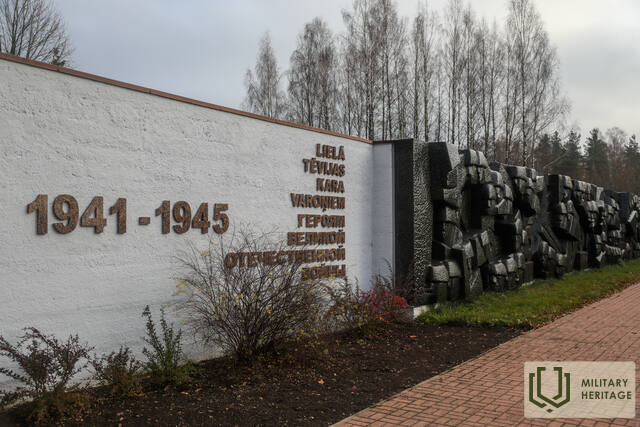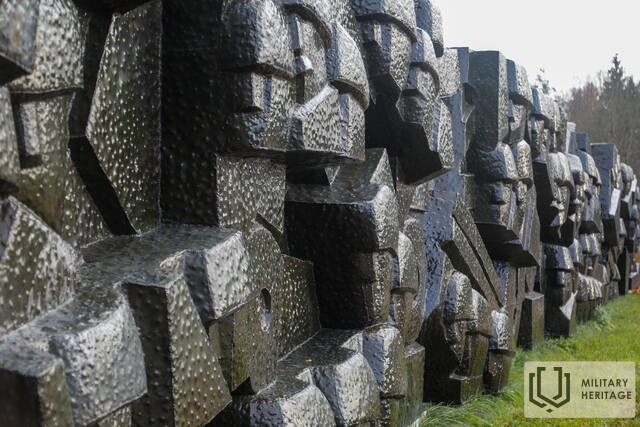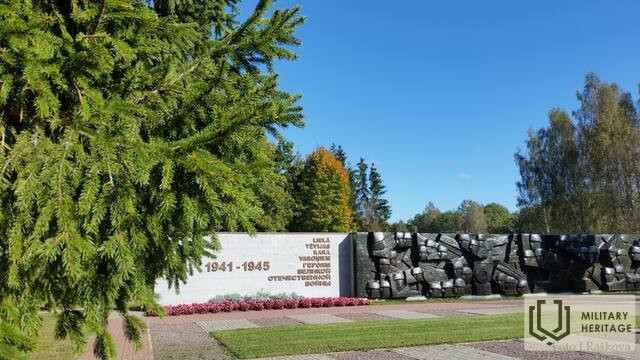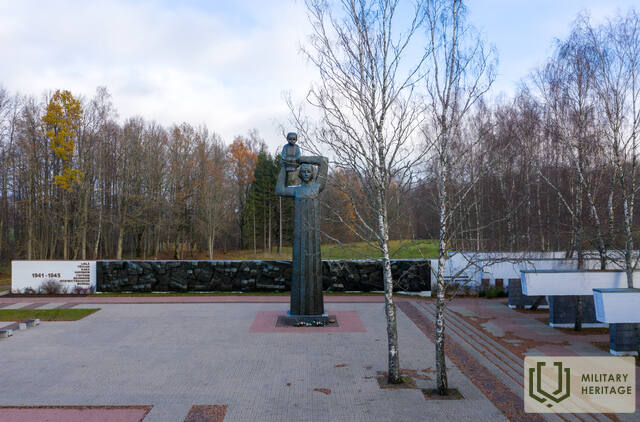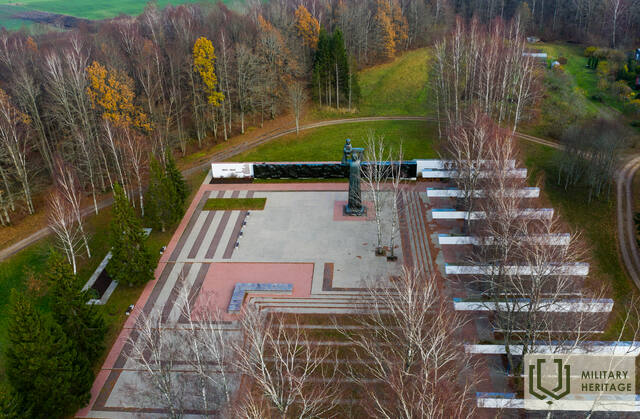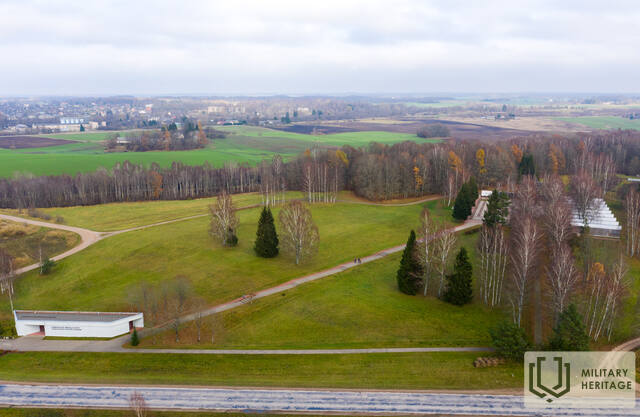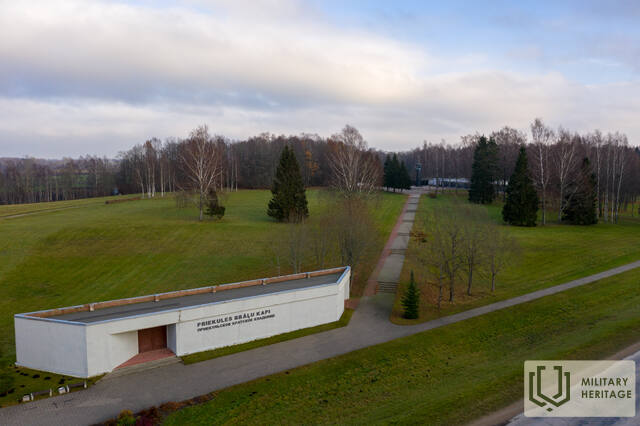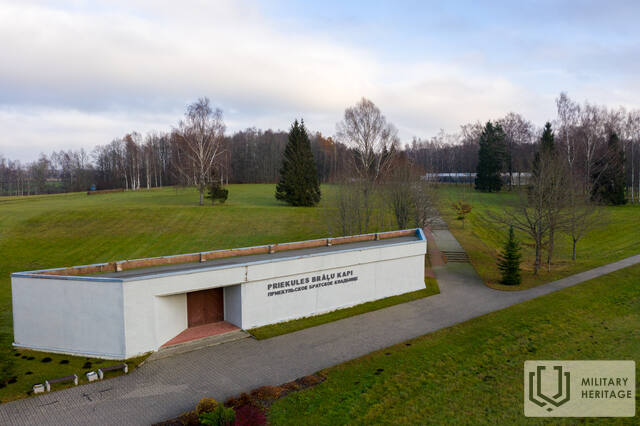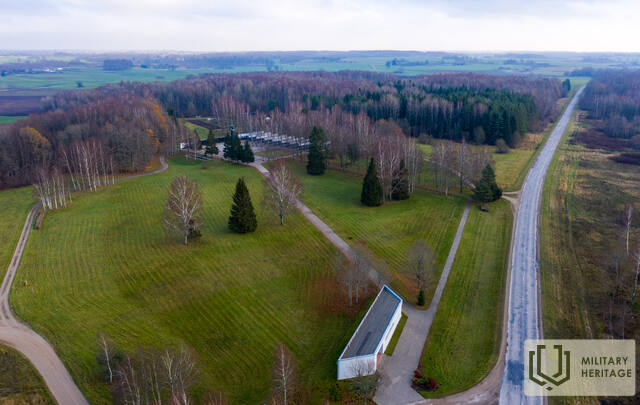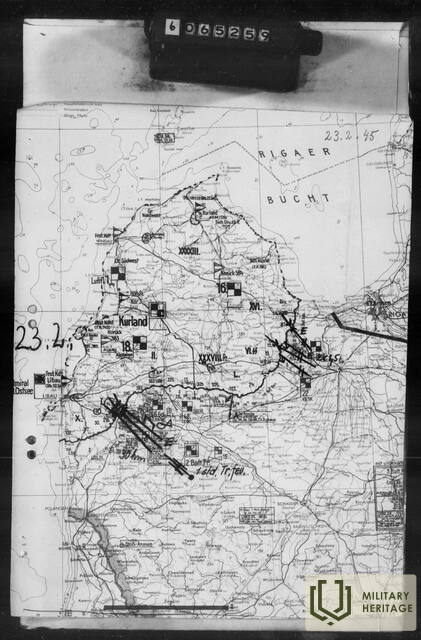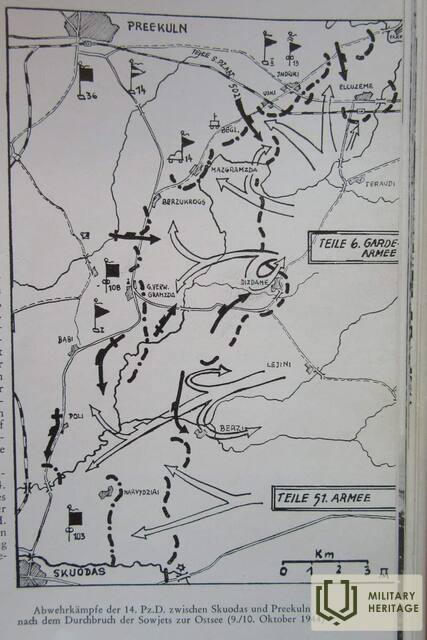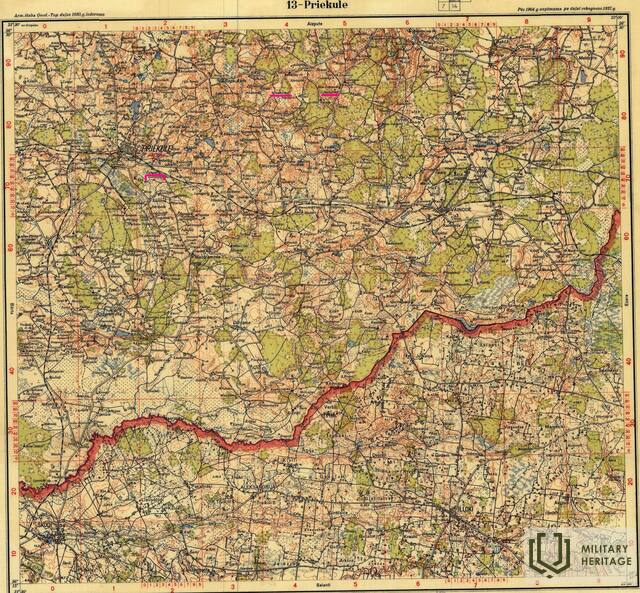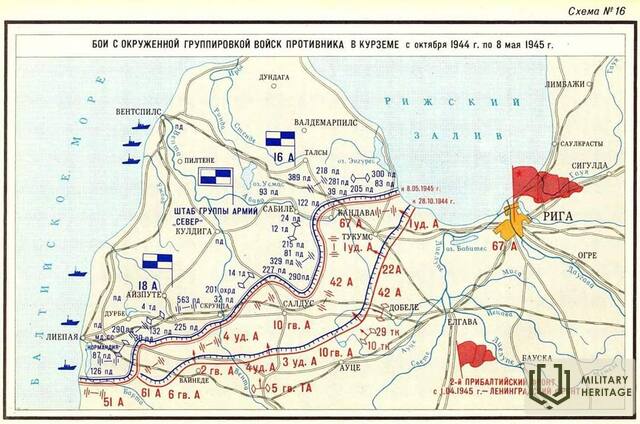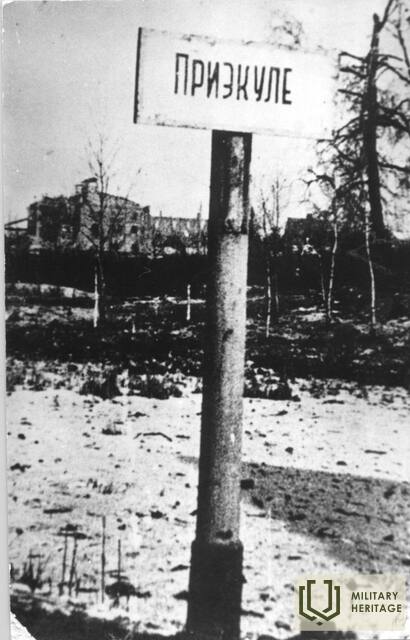Priekulės karių kapinių memorialinis ansamblis
Memorialinė vieta

Priekulės karių kapinių memorialinis ansamblis yra Liepojos-Priekulės-Skodos kelyje ir yra didžiausia Antrojo pasaulinio karo sovietų karių laidojimo vieta Baltijos šalyse. Čia palaidota daugiau nei 23 000 sovietų karių. Operacija „Priekulė“ buvo vienas įnirtingiausių mūšių Kuržemės tvirtovėje, vykęs nuo 1944 m. spalio iki 1945 m. vasario 21 d. Priekulės mūšis 1945 m. vasarį truko septynias dienas ir naktis be perstojo ir pareikalavo daug aukų abiejose pusėse. Iki Priekulės karių kapinių pavertimo memorialu čia buvo pastatytas paskutinis iškilaus latvių skulptoriaus K. Zālės (1888–1942) paminklas, skirtas Alojos nepriklausomybės kovoms atminti. Nuo 1974 iki 1984 m. 8 ha Priekulės karių kapinės buvo paverstos memorialiniu ansambliu, skirtu Antrojo pasaulinio karo žuvusiems. Jį suprojektavo skulptorius P. Zaļkalne, architektai A. Zoldners ir E. Salguss bei dendrologas A. Lasis.
Memorialo centre stovi 12 m aukščio statula, vadinama „Tėvyne“, o žuvusiųjų vardai iškalti granito plokštėse. Iki Latvijos nepriklausomybės atgavimo Pergalės diena buvo plačiai švenčiama kasmet gegužės 9 d.
Panaudoti šaltiniai ir literatūra:
www.leismalite.lv
Susijusi laiko juosta
Susijusios temos
Susijusi istorija
Devyniolikmetės Raisos Ahmedejevos pasakojimas apie žvalgybinį mūšį 1945 m. vasario 14 d. netoli Priekulės
Baškirijoje gimusio Raudonosios armijos kareivio Raiso Ahmadejevo (19 m.) pasakojimas apie sovietų armijos pasiruošimą puolimui prieš Priekulę ir žvalgybinį mūšį Piekulėje 1945 m. vasario 14 d.
19-mečio Alfonso Wolgemutho pasakojimas apie žvalgybos mūšį 1945 m. vasario 17 d. netoli Priekulės
Alfonsas Volgemuthas buvo 19 metų berniukas, radijo operatorius ir tarnavo nacistinės Vokietijos armijoje.
„Iš šios operacijos niekas negrįžo ir nežinoma, ar yra išgyvenusiųjų. Aš pats dalyvavau tame kare kaip 19 metų radijo operatorius ir esu vienas iš 2, vėliau 3 išgyvenusiųjų, kuriuos rusai paėmė į nelaisvę. Noriu prisiminti įvykius iš savo patirties.“
„Karas nesibaigia, kol nepalaidotas paskutinis kareivis“ (Saldus vokiečių kareivių kapinės)
Kuržemė kaip atskiras ir savitas mūšio laukas iškilo 1944 m. spalio 10 d. Buvo suskaičiuota, kad apsuptyje buvo apie 500 000 vokiečių karių. Remiantis 1-ojo Baltijos fronto štabo pranešimais, norint visiškai išlaisvinti visą Baltijos pakrantę, reikėjo tik „nedidelių pastangų“. Tačiau kovos Kurše tęsėsi dar septynis mėnesius, ir Kurše tapo Antrojo pasaulinio karo pabaigos simboliu.
Per septynis kovos mėnesius iki 1945 m. gegužės mėn. vokiečių pajėgos Kurše neteko 154 108 žuvusių, sužeistų ir dingusių be žinios kareivių. Nuo 1997 m. netoli Saldus atliktas karo kapinių tyrimas ir perlaidojami kareiviai, o šiuo metu čia galima rasti 27 000 žuvusių kareivių vardų.
„Karas nesibaigia, kol nepalaidotas paskutinis kareivis“ (Priekulės brolių kapinės)
Kuržemė kaip atskiras ir izoliuotas mūšio laukas tapo 1944 m. spalio 10 d. Apie 500 000 vokiečių kareivių buvo laikomi apsuptais. Remiantis 1-ojo Baltijos fronto štabo pranešimais, norint visiškai išlaisvinti visą Baltijos pakrantę, reikėjo tik „nedidelių pastangų“. Tačiau kovos Kuržemėje tęsėsi dar septynis mėnesius ir Kuržemė tapo Antrojo pasaulinio karo pabaigos simboliu.
Per septynis kovų mėnesius iki 1945 m. gegužės mėn. Vokietijos ginkluotosios pajėgos Kurše neteko 154 108 žuvusių, sužeistų ir dingusių be žinios kareivių, o Raudonosios armijos nuostoliai siekė apie 400 000 žuvusių, sužeistų arba dingusių be žinios kareivių.




